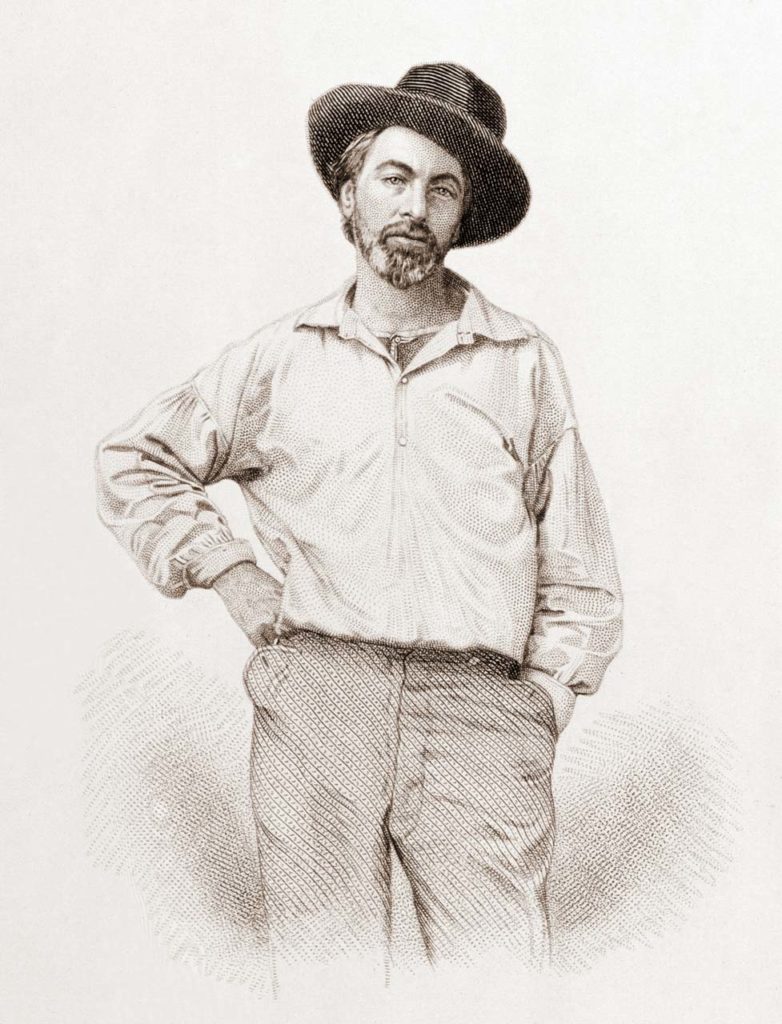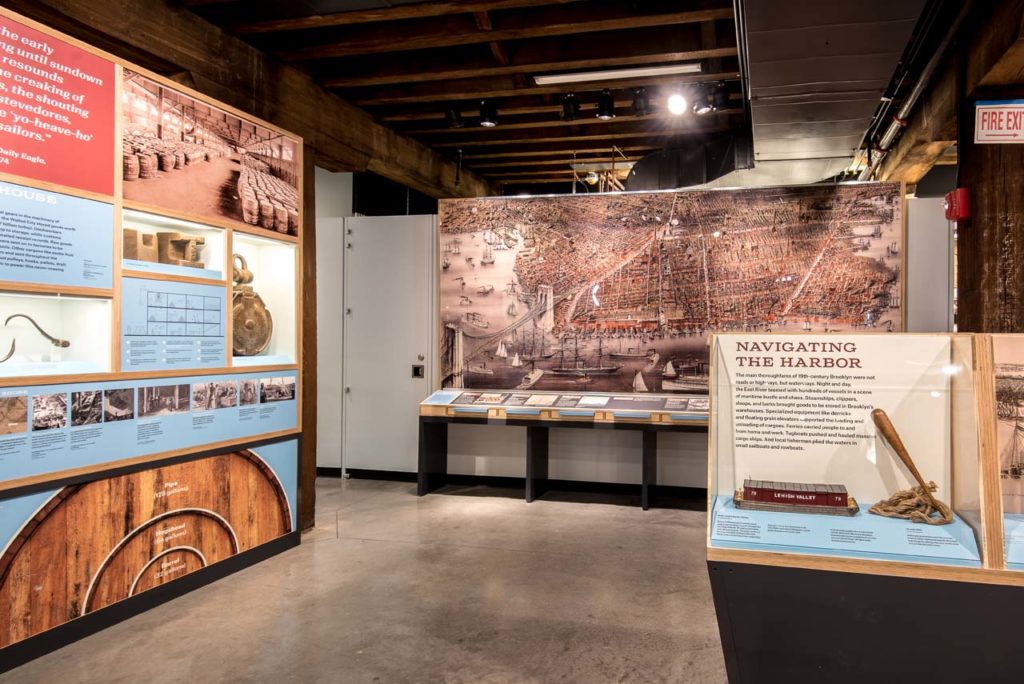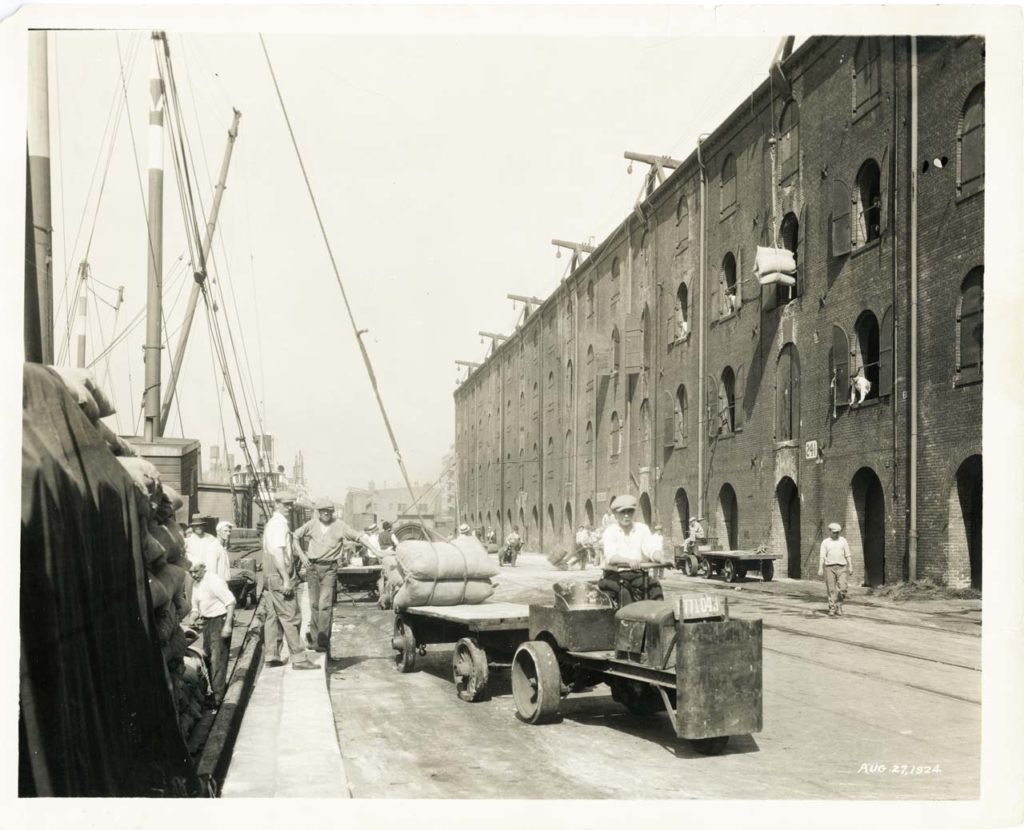A FASCINATING MULTIMEDIA EXHIBITION AT THE BROOKLYN HISTORICAL SOCIETY EXAMINES THE CULTURAL AND NATURAL EVOLUTION OF THE BOROUGH’S 113 MILE COASTLINE EDITED
BY TIA KIM
The first major exhibition devoted to the history of Brooklyn’s coastline, “Waterfront,” produced by the Brooklyn Historical Society (BHS) and on display in its Dumbo location, is the culmination of four years of development and research and, via 12 “concept areas,” offers unique historical analysis and entertainment for visitors of a variety of ages and interests. It brings to life the vibrant history of our 113 mile borough coastline (Manhattan has but 43 miles) through interwoven stories of workers, activists, innovators, families, neighborhoods, and ecosystems.

A centerpiece of the exhibition is a 14 foot reproduction of an 1879 lithograph of the western shoreline. Nearby, visitors can explore sights, sounds…even smells of the 19th century warehousing district, and both read and hear stories that might otherwise have been forgotten from Walt Whitman’s waterfront trysts to hidden graves near the present day Navy Yard. At Water’s Edge, an eight minute lm, spans more than 20,000 years of history through ten epic moments, while the “History in Motion” installation drops visitors into historic paintings and photographs and weaves their actions into a 60 second movie.

Civil rights and worker struggles are prominent themes among the installations. “An Unfree Waterfront” highlights the moving stories of three enslaved Brooklynites and their struggle for freedom along the shoreline. “Brooklyn Bivalves” tells the unlikely tale of oystermen and sewage, while “A Laboring Family” lets visitors become historians themselves as they trace the story of one 19th century dockworker, Michael Harkins, and his family. “Factory Women” explores artifacts and audio oral histories of female Navy Yard workers during World War II. Especially for kids, a dress up experience lets them don work clothing and try their hand at ship fitting. Exhibits also highlight modern challenges to this urban/natural asset, including sea level rise and gentrification.

BHS is the only history museum in Dumbo, and is its second location (the original on 128 Pierrepont Street). Opened in 2017, this 3,200 square foot satellite space is housed in Empire Stores, a renovated 19th century warehouse in Brooklyn Bridge Park. Constructed in the late 1860s, it once stored coffee, sugar, animal hides, and other commodities when Brooklyn was one of the largest commercial ports in the world.
An ancillary BHS exhibit at the Pierrepont Street location is “On the (Queer) Waterfront,” which celebrates Brooklyn’s East River shoreline as a locus for LGBTQ gatherings from the 1800s through World War II and beyond, creating safe spaces and after hours playgrounds for marginalized communities. By profiling many individuals who have lived in or passed through the region, it describes both changes and continuities in the ideas and experiences of sexuality. With a particular focus, it examines five types of jobs that proved specifically welcoming of or interesting to LGBTQ people: artist, entertainer, sex worker, sailor, and factory employee. At a special June 24 event, Clips from We Came to Sweat will be shown, a documentary devoted to the storied Starlite Lounge that served as a queer hub in Crown Heights, along with a panel featuring Mohammed Fayaz of the queer POC dance party collective Papi Juice, Ryann Holmes of the collective Bklyn Boihood, and others.

Brooklyn Historical Society Dumbo
55 Water Street / brooklynhistory.org
